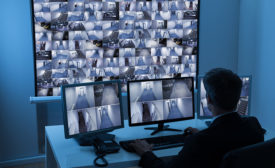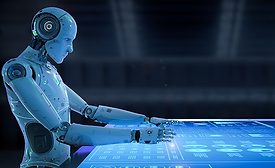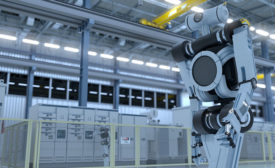Home » security robots
Articles Tagged with ''security robots''
2018 Guarding Report: Changing Times for the Guarding Industry
How enterprises are working to boost pay and training for security officers, in addition to considering options like K-9s and robots.
December 1, 2018
Security Robots on Patrol
How a security robot, the first one employed in Arizona, acts as a visual deterrent as well as an information-gathering machine.
October 8, 2018
Top Security Guarding Companies Report 2017
Contract Security Industry Continues Growth, But Will Humans Necessarily Keep Driving It?
December 1, 2017
Sign-up to receive top management & result-driven techniques in the industry.
Join over 20,000+ industry leaders who receive our premium content.
SIGN UP TODAY!Copyright ©2024. All Rights Reserved BNP Media.
Design, CMS, Hosting & Web Development :: ePublishing









